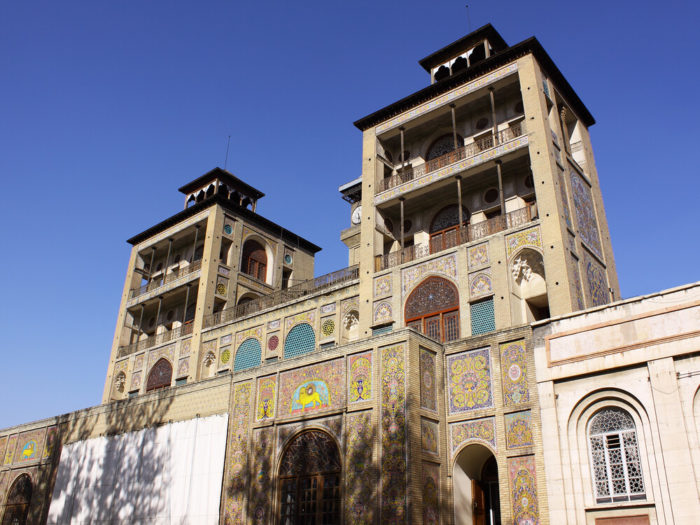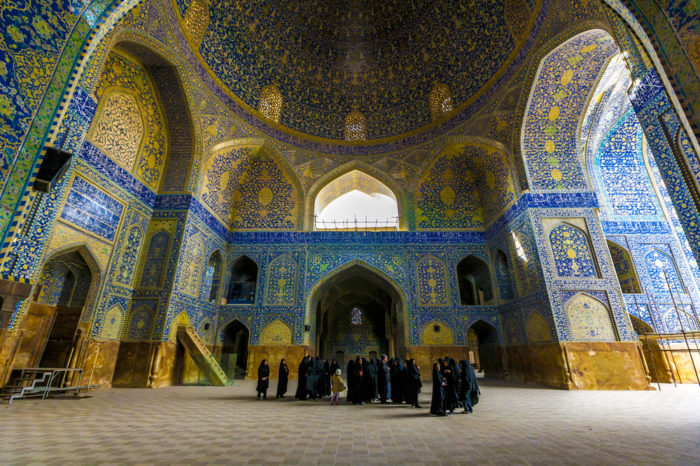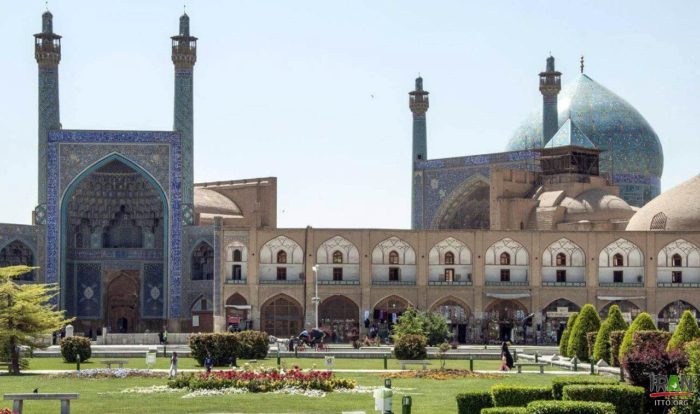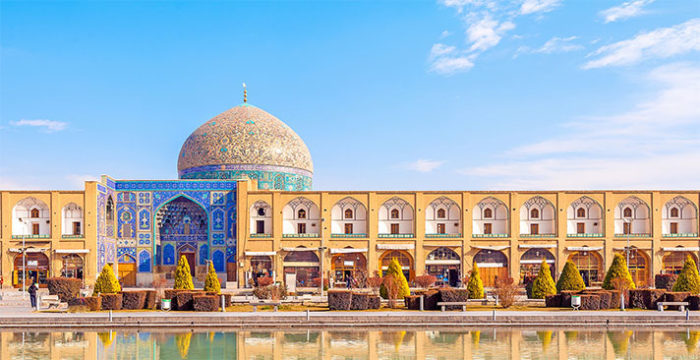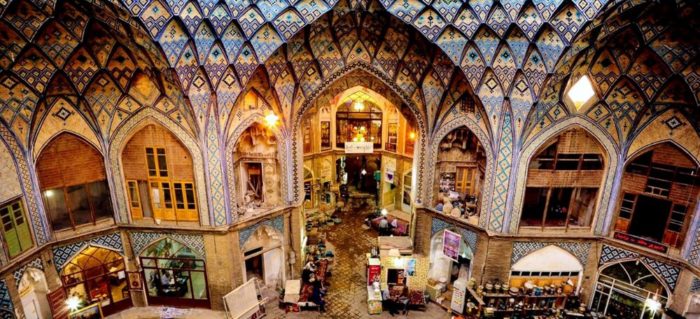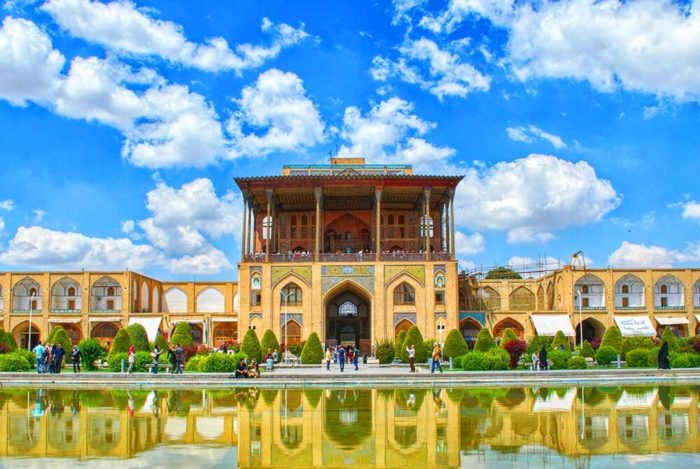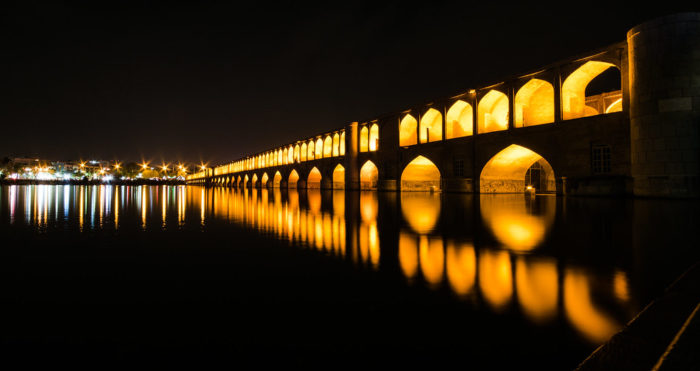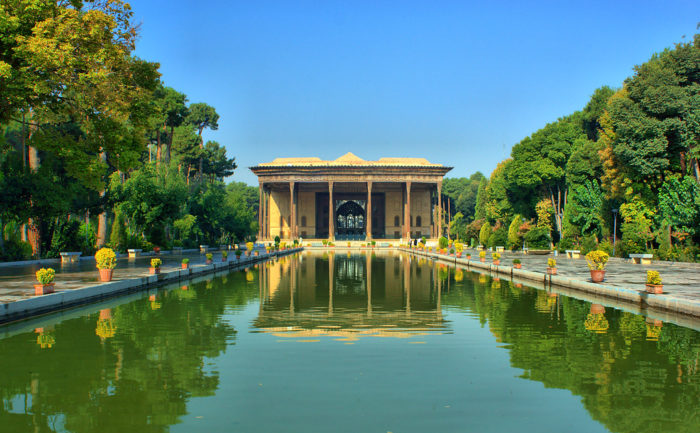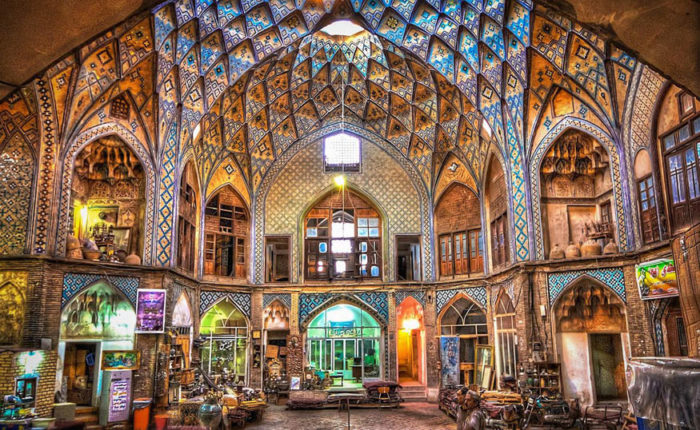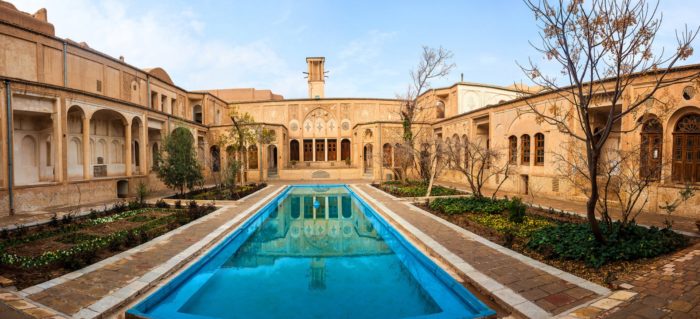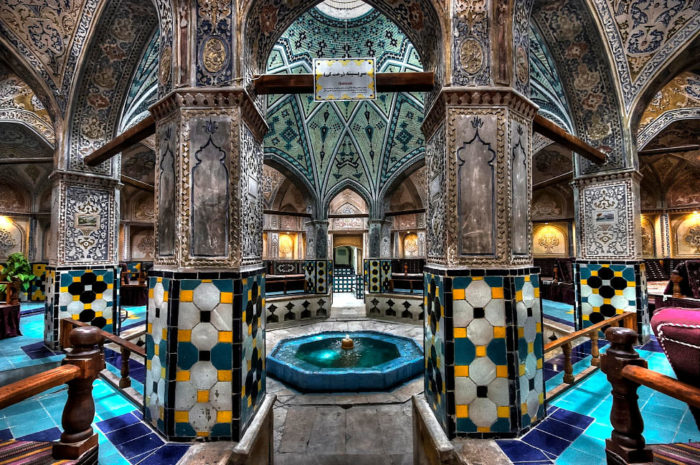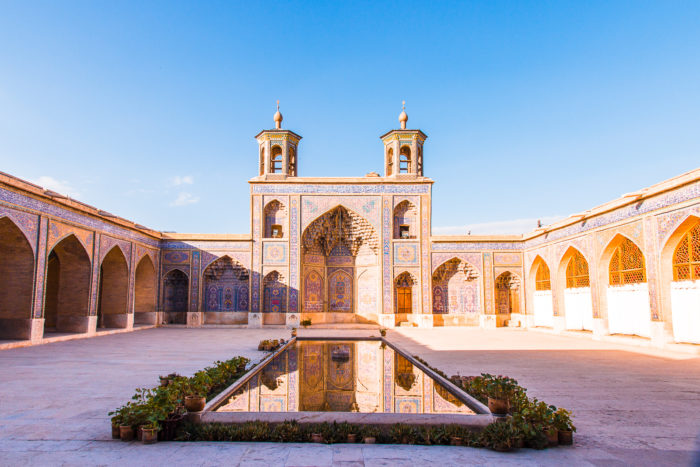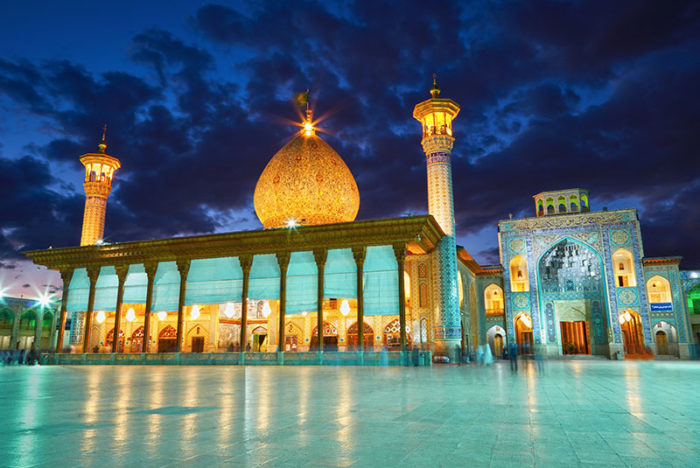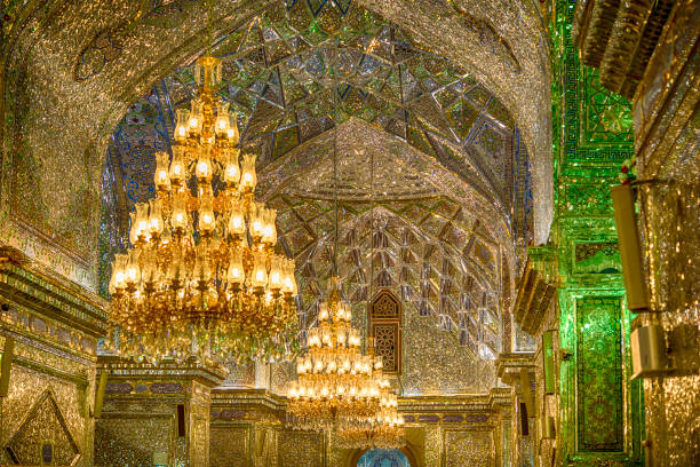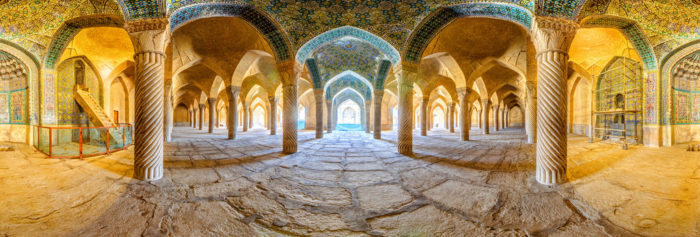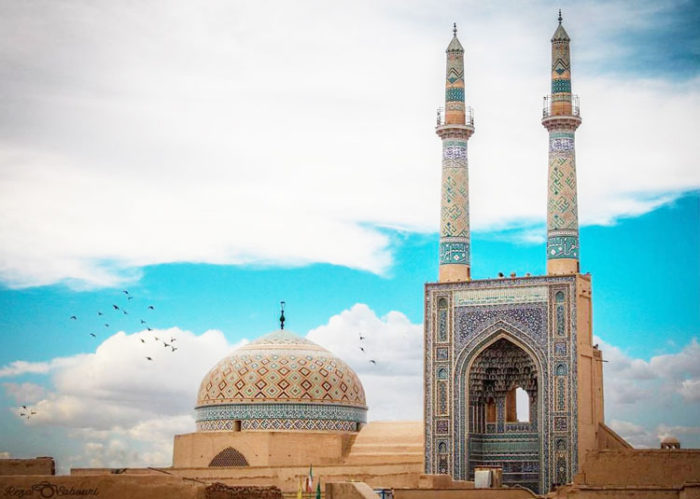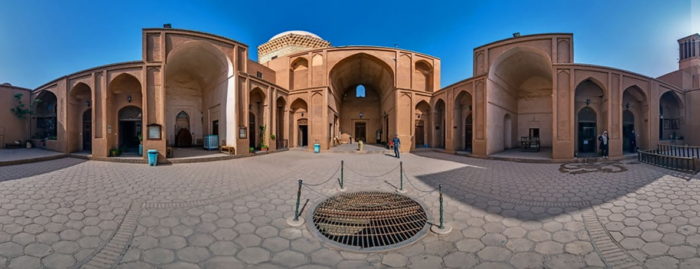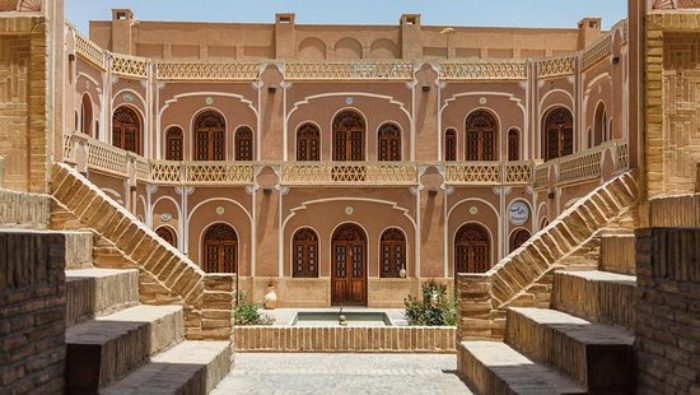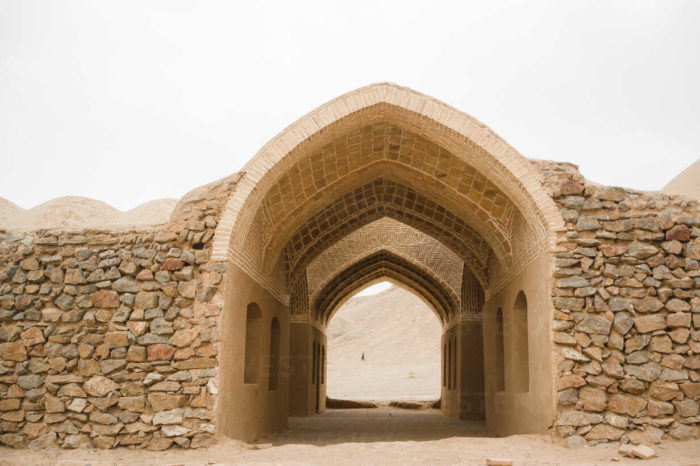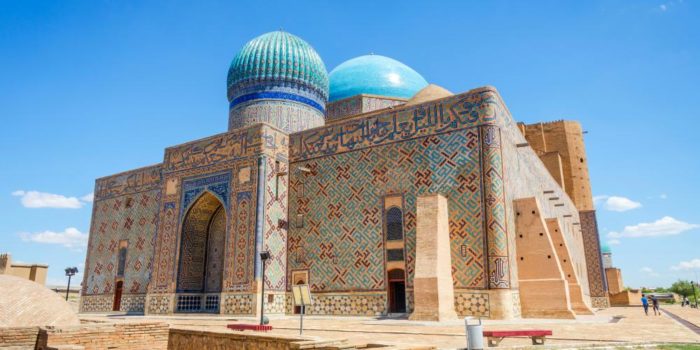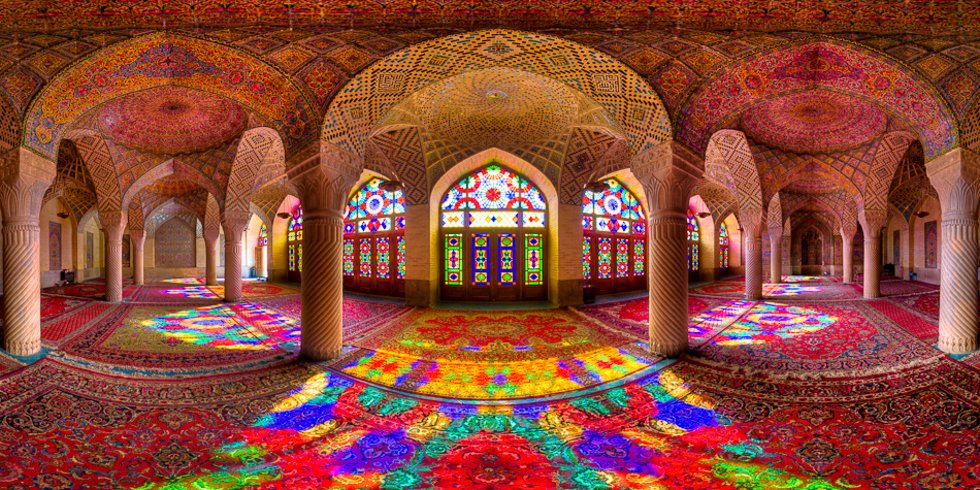
The Beautiful Wonders of Persian Architecture From 4 Cities in Iran
Medieval Iran has witnessed the emergence of some of the most beautiful wonders of Islamic art and architecture. These wonders primarily emerged during the Safavid dynasty, when Isfahan was the capital city of Persia. The Persian architecture from the 1500s to the 1800s, known as the early modern period, featured distinct architectural elements like the pointed arches, the sculptural stalactites, known as ‘Muqarnas,’ and the bulbous domes with floral decorations.
The polychrome tiles of blue, gold, turquoise, and white cover the interiors of mosques and palaces in the form of complicated floral and geometric patterns and Arabic calligraphy quoting verses from the Quran.
The marvelous architecture that arose in that time remains, up to this day, a sight to behold. It transcends you to the heavens with its otherworldly charm. So, let’s look at those images by photographers who captured the essence of this unique charm.
How old is Persian Architecture?
Persian architecture emerged between 550 BC and 330 BC, meaning it is about 2750 years old.
What are some examples of Persian Architecture?
Persian architecture has had a profound impact on other Asian civilizations, from ancient times onward, all the way from India and Syria to China. It was the culmination of a massive kingdom, the effects of which can be felt today. However, it is not always easy to define what constitutes “Persian architecture.” Who began it, and when, exactly? Keep reading if you’d like to learn more about Persian architecture.
The Persian Architecture from 5 Cities in Iran:
1. The Persian Architecture of Tehran
Golestan Palace means the palace of flowers, and it was the royal residence of the Qajar dynasty, which ruled Persia during the 19th century.
2. The Persian Architecture of Isfahan
- Grand Mosque of Isfahan, or the Jamee’ Mosque of Isfahan, is the congregational mosque of Iran’s former capital city.
- Shah Mosque, also known as Imam Mosque, is a relic of Safavid architecture on the southern side of Isfahan’s central square, Naghsh-e Jahan.
- Sheikh Lotfollah Mosque is another mosque and Safavid Architecture masterpiece marking the eastern side of Naghsh-e Jahan square.
- The Bazaar of Isfahan is a historical Market dating back to the Safavid dynasty and one of the biggest in the Middle-east. It lies on the northern side of the Nagsh-e Jahan square.
Also Read: 10 masterpieces showing diversity in Indian architecture
- Ali Qapu is a grand Safavid palace on the western side of the Naqsh-e Jahan square. Its name means the Imperial Gate, which was initially meant to be an excellent portal to the courtyard.
- Allāhverdi Khan Bridge, also known as the Bridge of 33 Spans, is the longest on the Zayandeh River and one of 11 other bridges in Isfahan. It was constructed, during the Safavid dynasty rule, by Allahverdi Khan.
- Chehel Sotoun is a palace built by Shah Abbas II of the Safavid dynasty to receive and entertain guests. Its name means 40 columns, referring to its 20 columns by the entrance, which seems to double when reflected on the water surface of the front pool.
3. The Persian Architecture of Kashan
- Abbasi House is a grand traditional house with six courtyards. It was built during the Safavid dynasty and is a fine example of Kashan’s traditional residence.
- The Bazaar of Kashan is an old market in Kashan that dates back to the Seljuk era. It includes the exquisite Timcheh-ye Amin od-Dowleh, designed by the famous 19th-century Persian architect Ustad Ali Maryam.
- Broujerdi House is an old house built during the Qajar dynasty, also by Ustad Ali Maryam, for the wife of a wealthy merchant.
- Sultan Amir Ahmad Bathhouse is a traditional public bathhouse built during the Safavid dynasty and renovated during the Qajar dynasty after getting damaged by an earthquake.
4. The Persian Architecture of Shiraz
- Nasir Al-Mulk Mosque was built in the 19th century during the Qajar rule. It is also known as the Pink Mosque and is recognizable by its colorful glass. The light passes through the colors of the window beautifully on the reflective ground tiles.
- Shah Cheragh is a mosque that houses the tombs of the sons of the seventh Imam, one of the 12 Imams of the Shia Muslims who mainly reside in Persia. It is also famous for its dazzlingly glittery interior.
Also Read: Islamic Architecture In India: Awe-inspiring Fusion of Subtleness and Elegance
- Vakil Mosque was built during the Zand dynasty rule for southern Iran in the second half of the 18th century, and the Qajar later restored it.
- Jame Mosque of Yazd is an Azeri-styled grand congregational mosque of the historical city. Its construction was probably completed during the 14th century.
- Alexander’s Prison is a school that dates back to the 15th century. It got this name because of the references in a poem by Hafez, the famous Persian poet. However, there is no evidence that the school was formerly Alexander’s dungeons.
- Fahadan House was built in the 18th century and has been turned into a Museum Hotel.
- Archway from old brick and mud circulates through the historical Yazd city. Lighting comes from the holes in the ceiling.
UNESCO-Designated World Heritage Sites:
Now, we’ll delve into some of Iran’s most fascinating UNESCO World Heritage Sites to learn more about their cultural and historical value and why they’ve been selected for this prestigious list. From the Naghsh-i Jahan Square to the ancient city of Bam, tourists can gain an intriguing glimpse into Iran’s storied past and dynamic present at these places of interest.
1) Naghsh-i Jahan Square
Located in the heart of Isfahan is the ancient Naqsh-e Jame Square, also known as Saeed Square and Shah Square. One of the many things that set Naqsh-e Jahan apart from other Persian architectural examples is the presence of a central oasis of greenery, which is unusual for Iranian design.
2) Samarkand
Samarkand, a rich historical city, is a cultural hub where people from all over the globe come together. Samarkand, originally called Afrasiab, was established in the seventh century B.C., but it was during the Timurid dynasty, from the fourteenth to the fifteenth centuries, that the city flourished. The Registan Mosque and Madrassas, the Bibi-Khanum Mosque, the Shakhi-Zinda Compound, the Gur-Emir Ensemble, and Ulugh-Beg’s Observatory are among the city’s most famous landmarks.
3) Mausoleum of Khoja Ahmed Yasawi
During the reign of Timur (Tamerlane), from 1389 to 1405, the village of Yasi in what is now Turkestan was home to the construction of the Mausoleum of Khoja Ahmed Yasawi. Persian architects used this partially completed structure to test architectural and building techniques that would later be implemented in the Timurid Empire’s central city of Samarkand. It is one of the Timurid eras’s most impressive and well-preserved buildings today.
4) Arg-é Bam Cultural Landscape
Bam is a desert city on the southernmost tip of Iran’s high plains. It was during the reign of the Achaemenids that Bam’s roots were laid. (6th to 4th centuries B.C.). Between the 7th and 11th centuries, it thrived as a major textile center and commercial hub thanks to its location at the convergence of significant trade lines. Some of the oldest evidence of Iran’s elaborate network of underground waterways, known as qanāts, has been preserved in Bam. Arg-e Bam is the best-known example of a medieval fortified town constructed using a vernacular mud-layering method.
FAQS:
What do the architectural decorations of the Persian empire indicate?
The Persian Empire’s religious beliefs are abundantly evident in the architectural decorations used throughout the empire.
Was Persia inspired by Egyptian architecture?
Egypt, Greece, and Mesopotamia significantly impacted the artistic creations of the Persians during the Achaemenid period of history.
What element of Greek architecture was popular in Persia?
Columns similar to those found in Greek architecture were frequently used in Persian architecture.
What architectural design feature at Persepolis seems uniquely Persian?
The 36 enormous stone columns surrounding Persepolis are a hallmark of Persian architecture. Their capitals are adorned with proteomes of various animals.
What was the interpretation of the Persian architecture?
Persian architecture was characterized by its diverse nature, which incorporated outside influences while retaining a distinct Persian flavor. Regarding design and aesthetics, academics place Achaemenid architecture in the same category as Persian architecture.


